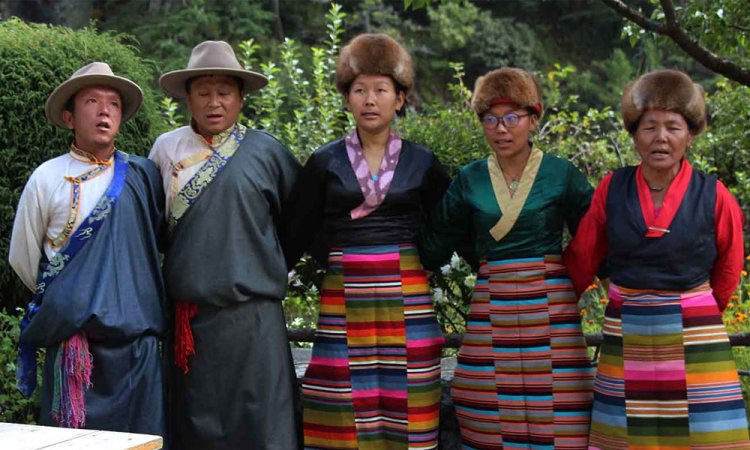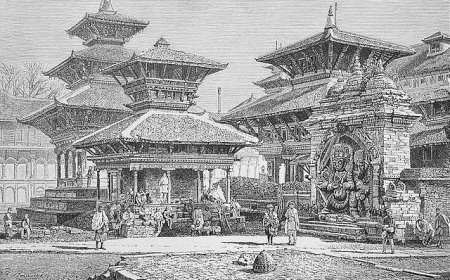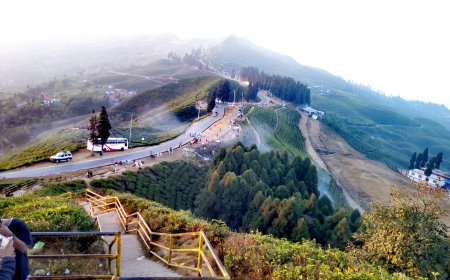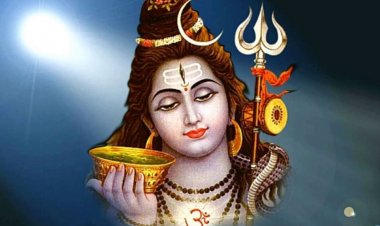Everything you want to know about Sherpa community
Explore the Sherpa community's rich culture, spiritual beliefs, and their exquisite Pashmina craftsmanship in the heart of the Himalayas.
Introduction
The Sherpa people are the natives of Nepal, primarily inhabiting a region called Solu-Khumbu, home to Mount Everest. This renowned tribe of Sherpas has been judged as one of the finest mountaineers and has managed to preserve one of the oldest and most wonderful cultural traditions anywhere on the face of this earth, moulded by their surroundings, religion, and tribals. This article explores the key cultural traits of the Sherpa people and sheds light on one of the most treasured products associated with this tribe: Pashmina.
Cultural Heritage
Spiritual Beliefs
The Sherpa community is closely associated with Tibetan Buddhism and the Nyingma Sect. For the Sherpas, the high mountains are sacred, where the spirits of a number of mighty gods are thought to reside. A regard for nature shows in the different rituals that are performed by them to appease the gods of the mountains. The major festivals, which include Losar (Tibetan New Year), Dumje, and Mani Rimdu, are occasions of great festivity and are a projection of their belief in spirituality, helping to bind the members of the community together. Pompous colourful ceremonies, traditional dances, and feasts among families and friends characterise such festivals.
Social Structure
Sherpas are grouped into clans called ru, which are passed on through a patrilineal system. Each clan has taken up a different name and role within the community. Marriages are predominantly arranged by the family, and there is a great interest in social mobility, which can be accomplished through the relationship between clans. Weddings are times of festivity with ritual singing from the lamas and are sometimes very communal events that help to build social relationships between various families.
Daily Life and Hospitality
Traditionally, Sherpas are agriculturalists, animal husbandry is practised, and trade is also an important occupation. However, the most acknowledged roles come from their qualities as mountaineers. As guides of trekkers and climbers, Sherpas are an important component in this lucrative tourism industry that takes place in the Himalayas. They are very hospitable, often receiving tourists into their houses to give them food and shelter. Their good family bondage and respect towards elders is reflected in the warmth in them, thereby making any visitor a part of the community.
Unique Product: Pashmina
One of the costliest products associated with this community is Pashmina, made from the fine wool of Himalayan goats. The Pashmina shawls are one of the highly demanding items due to their softness, warmth, and intricate designs that remain unparalleled by any other product in the world.
Importance of Pashmina
- Cultural Heritage: The art of making Pashmina is an age-old one that is passed on from generation to generation. It not only denotes artistic ability but also attachment to the land and its resources.
- Economic Impact: Weaving Pashmina is a significant source of income for many Sherpa families. Besides that, the sale of such beautiful shawls adds considerably to the local economy and is very relevant in sustaining traditional livelihoods.
- International Recognition: Today, the products made of Pashmina enjoy international recognition as synonymous with quality and luxury. They expose Sherpa culture to the world and open new avenues of economic progress.
Conclusion
The Sherpa community is something more than a group of skilled mountaineers-they are custodians of rich cultural heritage that blends spirituality, tradition, and hospitality. In all, the depth of respect for nature and the strength of family bonds have been able to weave a social fabric that has stood the test of time. It is in the making of Pashmina that the craftsmanship of Sherpas contributes not only to the local economy but also shares a peep into the cultural identity of the people with the rest of the world. The Sherpa tribe-guardians of the Himalayas-continued to evoke awe and admiration among those who ventured to enter this breathtaking homeland.
What's Your Reaction?









































































































